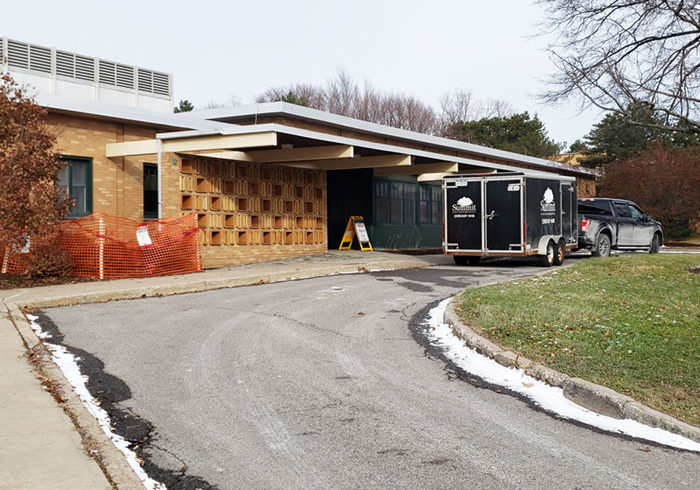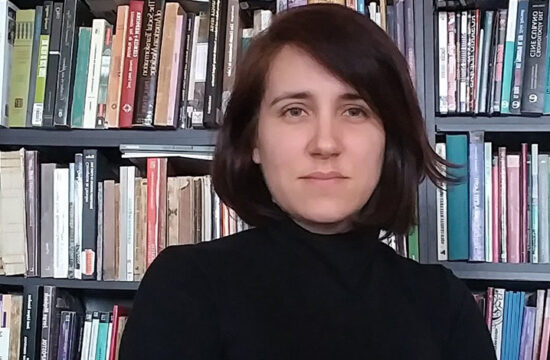By Alexander Plate
SUNY Oswego is in the middle of a series of construction projects, in varying states of completion, as part of its ongoing capital improvement project.
Each year, the campus receives between $20 million and $30 million in capital investment funding, to be used exclusively for renovating and improving the grounds and facilities of the campus.
In 2019, SUNY Oswego facilities services department began — and completed some — major projects in eight buildings, ranging from academic to residential and support buildings.
Some of the largest projects that were started in the fall of 2019 include the renovation of Funnelle Hall, one of the largest residence halls on the SUNY Oswego campus.
“We’re taking the building off-line after the December graduation, and keeping it closed until August,” said Mitch Fields, associate vice president for SUNY Oswego’s facilities services department. “We’re gutting the core of the building, replacing all the restrooms and study lounges and the like. The bathrooms will be turned into single-occupancy privacy bathrooms, and we’ll be upgrading the basic mechanicals.”
One of the major concerns that must be considered whenever a college closes a residence hall for maintenance is the effect that will have on its ability to enroll students and have them live on campus. Fields said that having available space in residence halls is a huge aspect of accessibility to higher education, and the state administration for the SUNY system keeps a close eye on how residence hall access is managed across the SUNY system.
Fields said residence hall renovations usually start in the spring semester, when there is a naturally lower number of residential students compared to the fall due to drop-outs, transfers and early graduations. The college cannot afford to keep residence halls closed for long though, as a large amount of funding for college scholarships is taken from residence hall revenues.
Another one of the major ongoing projects is the Mary Walker Health Center renovation, which saw the building close over the summer months of 2019 while work crews began asbestos abatement and adding space to the counseling center, which has seen demand grow in recent years.
“We’re refreshing the clinic,” Fields said. “There’s not going to be a huge floor-plan redesign, but it will be brought up to modern standards, and the counseling center is growing.”
For academic buildings, Tyler Hall is undergoing the last few touches of its redesign and renovation, which began in 2017. The renovation of that building was done in two phases, essentially split between the front areas, including classrooms, the front-of-house for the theater, and many art and performance spaces.
The remaining renovations in the back part of the building include a ceramics studio and a recording studio. The recording studio renovations have undergone some setbacks, due to the abnormally high water levels in the lake currently flooding lower levels of some campus buildings, including parts of Tyler Hall.
A major renovation program that is currently scheduled to begin in the coming months is the renovation and redesign of Hewitt Hall, which will be extensive. The building, which was once the student union, will become the home building for the art and media programs, including graphic design, broadcasting and journalism. The renovation is expected to cost at least $64 million, and will take a number of years to complete.
Along with these major projects, the SUNY Oswego facilities services department continues to work on a number of smaller projects, like replacing the elevators in Culkin Hall, upgrading the food cold storage facilities in the commissary building, and upgrading the path lighting across the length of campus.
“Historically, it’s the big capital projects that capture people’s attention, but we do a lot of less visible work that improves the campus just as much,” Fields said. “It’s appreciated when people feel the effects, but they don’t see the direct changes often enough.”












